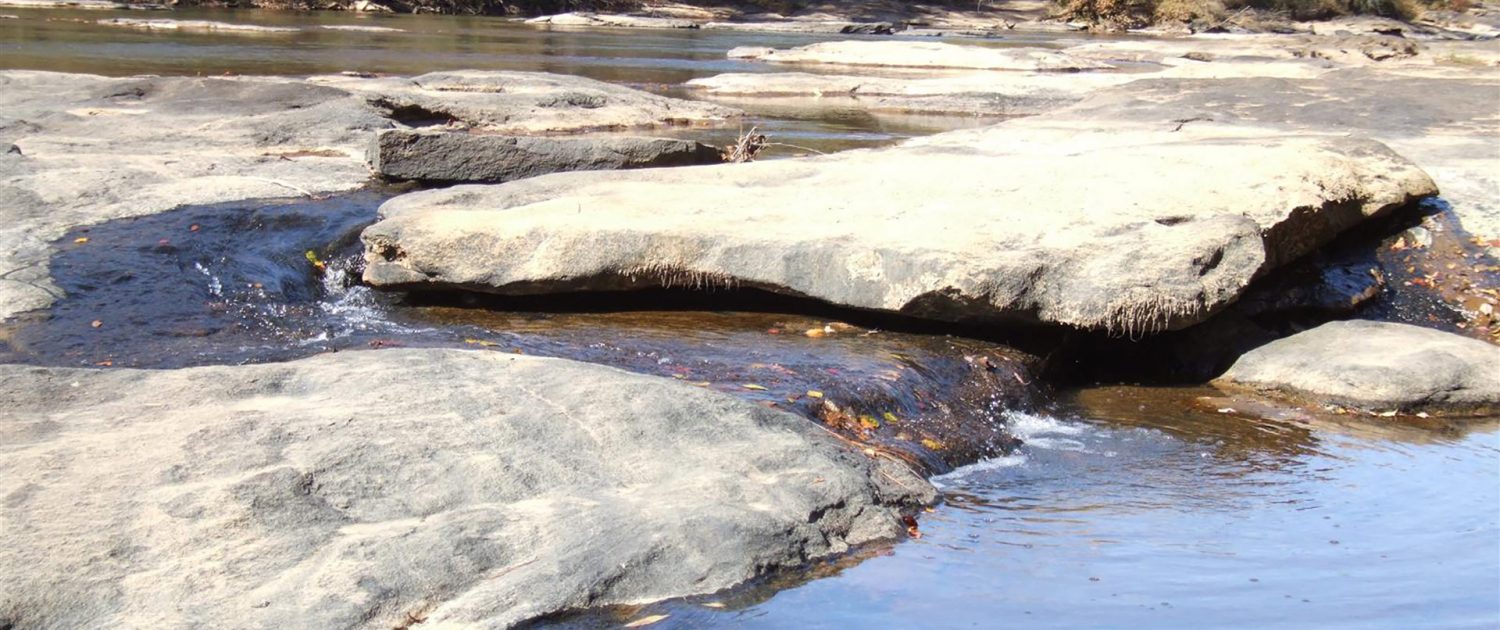

The lands which eventually comprised Newton County were included in Lorenzo de Zavala's 1829 grant from the Mexican government. In fact, one of the earliest trails through the area was known as the Coushatta Trace. The Coushattas, who migrated to lower East Texas during the early 1800s, also came through the county. The Atakapans, whose name means "man-eaters" in Choctaw, occupied the coastal regions around the Sabine River and may also have ventured into Newton County. Artifacts attributed to members of the Caddo confederacies have been located in present-day Newton County. Indians were the earliest human inhabitants of Newton County. The growing season extends for 228 days per year. Rainfall averages just over fifty-four inches annually, the highest for any county in the state. Temperatures range from an average high in July of 93° F to an average January low of 40° F. Oil and gas dominate the county's mineral resources. Major tributaries in the county include, from north to south, Little Cow Creek, Quicksand Creek, Big Cow Creek, and Big Cypress Creek. The Sabine River forms the county's eastern boundary. The rolling terrain, dominated by loamy topsoils, ranges from 30 to 300 feet above sea level.

Common trees include longleaf and shortleaf pines, oak, magnolia, hickory, and cypress. Newton County comprises 950 square miles of the lower regions of the East Texas timber belt.

Newton, the geographic center and largest town of the county, is seventy miles northeast of Beaumont at 30★1' north latitude and 93☄5' west longitude. Newton County is in southeastern Texas on the Louisiana border.


 0 kommentar(er)
0 kommentar(er)
